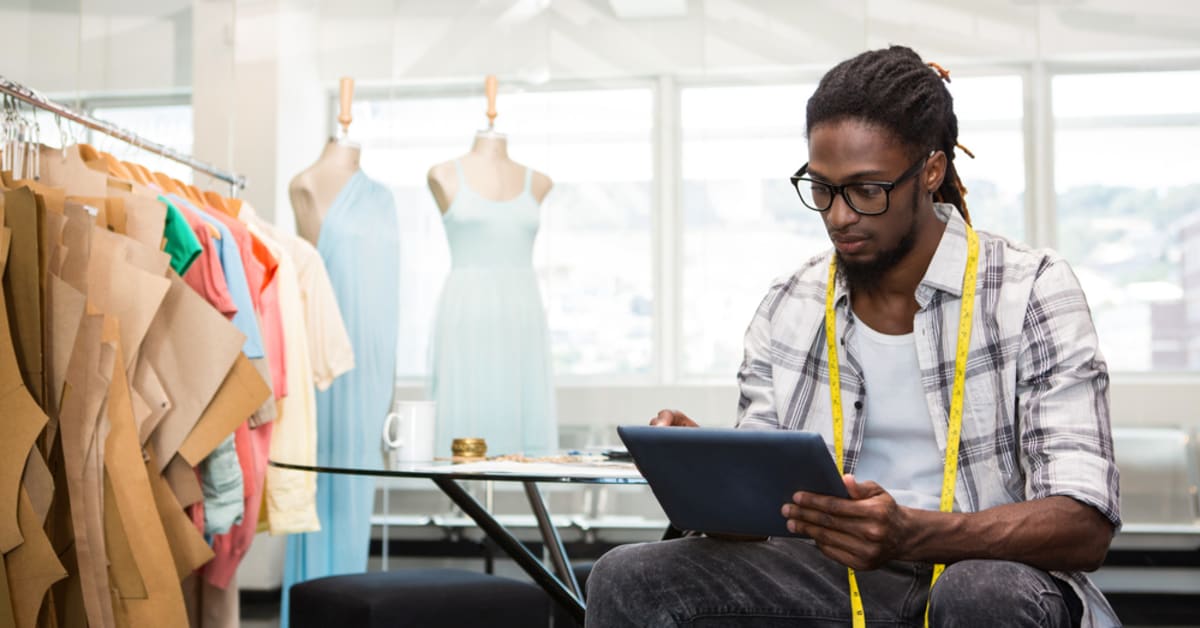Whenever the name of a fashion brand comes up, seldom do people associate it with a fashion merchandiser. After all, these professionals work their magic behind the scenes by persuading the customer to buy the latest trends. The curtains are rarely drawn on these unsung heroes of the fashion industry who combine fashion sense with analytical insights and solid marketing and management skills to boost sales and maximise profits. Nevertheless, the field of fashion merchandising is vital and vast, offering a host of career choices.
- Retail Store Manager
Also known as a store supervisor, a fashion store manager will be responsible for overseeing the daily store operations – motivating sales teams, devising business strategies, creating promotional campaigns for the store and brand, training new staff, etc. The end goal of a retail store manager is to ensure a high level of customer satisfaction and smooth functioning of the business.
- Fashion Director
Suitable for people with a creative flair, the job of a fashion director or coordinator involves staying aware of current fashion trends, supervising photo-shoots, producing stylish outfits for departmental stores, brands, and magazines, selecting garments for promotional campaigns, and more. The most critical skill for a fashion director besides technical expertise is that of leadership.
- Fashion Trends Analyst
As the name itself suggests, a fashion trends analyst’s primary duty is to conduct thorough research and analysis on apparel designing and the fashion industry. This would include predicting upcoming trends based on customer data, market scenario, etc. Based on their reports and findings, these professionals help their company in coming up with designs that sell well.
- Product Merchandiser
By offering their point-of-purchase and shelf management services, product merchandisers help customers in getting the right product at the right time, quantity, and price. Their day-to-day responsibilities include developing merchandising strategies based on customer demand and company objectives, anticipating product needs based on customer data and planning product ranges accordingly, displaying products in an attractive manner to boost sales, monitoring stock movement, and building constructive customer relationships.
- Visual Merchandiser
A visual merchandiser’s job is to draw a buyer’s attention through their creativity and boost sales via an excellent in-store experience. Their everyday responsibilities include developing and implementing a creative visual merchandising strategy, producing window displays, signs, and floor plans, monitoring costs to ensure all come within the budget, liaising with suppliers, and making the in-store experience as smooth for the customer as possible.
One of the best ways to boost your brand and attract attention at a popular trade show is to boast a unique, original, and compelling tension fabric displays. So, how can you create a booth that impresses attendees and intimidates competitors, even before you’ve introduced your product or service?
- Category Manager
Category managers are responsible for optimising sales of a specific group of products. As such, a category manager’s day-to-day duties involve coming up with long-term development strategies for product categories, maintaining good vendor relationships for better products and prices, creating exit plans for obsolete and unsuccessful products, among others.
- Fashion Designer
From haute couture to ready-to-wear clothing, a fashion designer designs and facilitates the production of apparel, footwear, and accessories. Fashion designers need to have a thorough knowledge of fabric, style, and colour theory, using which they manage the design process; they also need to conduct market research to identify trends, ensure products are in agreement with business strategies, present samples to buyers, and more.
- Product Manager
Responsible for a product’s lifecycle – product planning to execution – a product manager needs to carry out important tasks such as defining product strategy and roadmap, running pilot and beta programs with new products and samples, assessing competition and devising product strategies accordingly, etc.
- Fashion Merchandiser
These professionals oversee the design and aesthetic appeal of a fashion retail store. As such, they need to ensure that the physical appearance of a store matches the brand, its values, current market trends, and will have a positive effect on a customer’s mind. To maintain the visual character of a store, fashion merchandisers need to be aware of seasonal trends, communicate with corporate offices, and supervise merchandise presentation so that customers can have a pleasant buying experience.
- Brand Marketing Manager
The role of meeting future targets of a brand belongs to its marketing managers. This means these professionals will manage advertisement campaigns across multiple media channels like television, radio, social media, print, and paid social.
The field of fashion merchandising is full of scope. However, the best way to succeed in it is to opt for fashion merchandising courses from prominent institutions like the Pearl Academy that train students to be both professionals and entrepreneurs in core functional areas – merchandising marketing, branding, integrated marketing communications, product development, sourcing, buying, and range planning.
